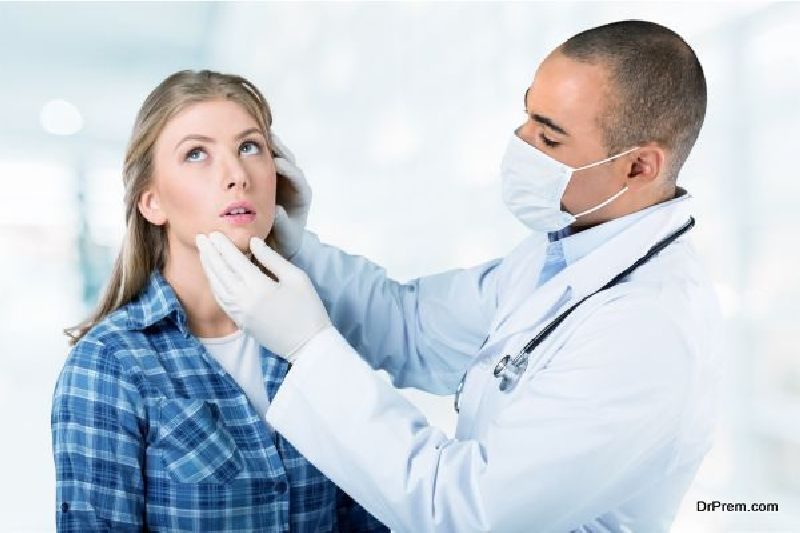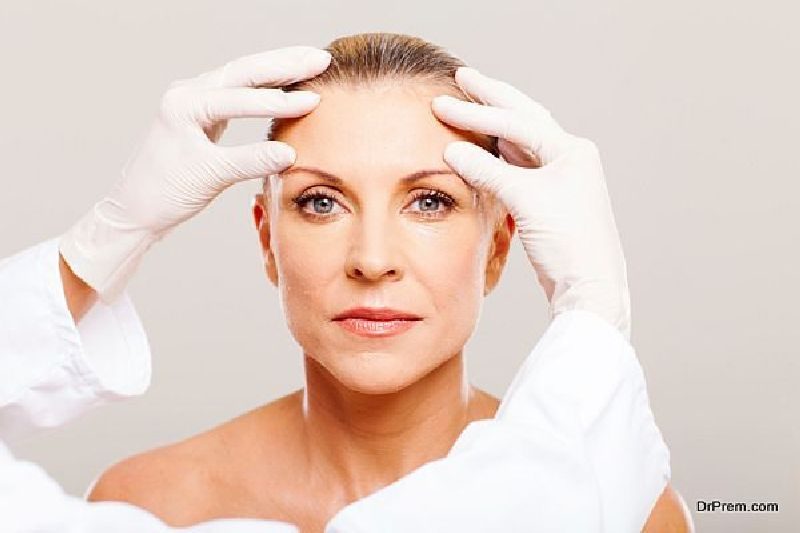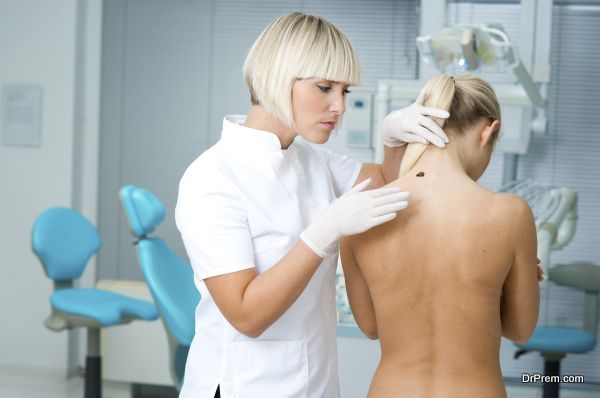Of all medical specialists, dermatologists may be the most versatile. Dermatology is the branch of medicine dealing with the skin, hair, nails and any diseases or treatments thereof. Because of the vast array of potential conditions that may occur, a dermatologist may be expected to diagnose and treat up to 3,000 different diseases and conditions. This requires a kind of flexibility and versatility that is well beyond that of most other medical fields, and modern dermatology has advanced immensely in the last two decades.
Whether you have a fungal infection under a fingernail, a minor skin irritation or a chronic skin condition, modern dermatologists are equipped to diagnose and treat any issues of the skin, hair or nails. And this does not even take into account the various cosmetic treatments which are offered by many dermatologists. These procedures could do anything from reducing the visibility of wrinkles with injections to extracting unwanted fat deposits with liposuction. Modern dermatology could also permanently remove unwanted hair with lasers or permanently cure male-pattern baldness with implants.
Modern Dermatology Treatments

The list of treatments available is too long to list here. However, the most common and helpful treatments for many skin conditions is worth explaining. With the advancements of modern dermatology over the last few years, you do not have to search out a prolific and exclusive dermatologist in New York; most modern dermatology clinics in cities and towns around the U.S. can provide the advanced and specialized treatments listed here. You can find them easily by searching for, for example, “dermatologist NYC” online.
Acne
One of the most common conditions treated by dermatologists is acne. It is a disease that affects the oil glands of the skin, causing troublesome and unsightly pimples. Because acne has a wide range of causes, the treatments will vary accordingly. Treating acne can be a slow process, and there is no overnight solution. However, some common treatments include:
- Application of benzoyl peroxide
- Oral or topical antibiotics
- Hormonal treatments in the cases of adult women
- Tretinoin treatment
- Extraction of whiteheads or blackheads
- Laser surgery or dermabrasion to reduce the appearance of acne scars
Dermatitis

An inflammation of the skin, dermatitis can take many different forms and often leads to swelling and/or an itchy rash. Atopic dermatitis, also known as eczema, is one of the most common and well-known forms. Different types of dermatitis may require different treatments, but some of the most effective include:
- OTC topical creams
- Antihistamines
- Oral steroids or steroid cream
- Antibiotics and/or antifungal creams to treat potential infection
Psoriasis
A chronic autoimmune disorder, psoriasis speeds up the growth of skin cells, causing thick, red skin and silvery scales. There are five distinct forms of psoriasis:
- Plaque psoriasis
- Guttate
- Inverse
- Pustular
- Erythrodermic
Treatments may vary, depending upon the type of psoriasis a patient suffers from and the severity of the condition. Plaque psoriasis is the most common, affecting approximately 80 percent of patients. In the case of mild to moderate psoriasis, dermatologists will generally use one or more of the following treatments:
- Bath solutions such as oilated oatmeal, Epsom salts or Dead Sea salts
- Scale lifters
- Occlusion
- Anti-itch preparations such as calamine lotion or hydrocortisone cream
- Anthralin
- Calcipotriene
- Calcitriol
- Tazarotene
- Topical steroids
More severe cases may require more involved and advanced procedures, such as:
- Excimer lasers or pulse dye lasers to treat specific areas of psoriasis
- Light therapy/phototherapy, such as UVA and UVB rays or psoralen combined with ultraviolet A (PUVA)
- Oral medication, such as acitretin, cyclosporine or methotrexate
- Biologics which are designed to suppress the immune system
Skin Cancer

Although it is perhaps the most serious condition of the skin, almost one in five Americans will develop a form of skin cancer within their lifetimes. Early treatment can resolve most cancers before they become life-threatening, and prevention is always the best treatment. There are multiple forms of skin cancer, and treatments may vary according to the form the disease takes. However, some of the most common and effective treatments offered are:
- Curettage and desiccation to remove a tumor and kill off remaining cancer cells
- Mohs surgery, in which dermatologists can remove successive layers of skin until the entire area is cancer-free.
- Radiation therapy
- Cryosurgery, in which the affected area is frozen using liquid nitrogen
- Surgical excision
Other Treatments
There are countless other procedures and treatments offered by modern dermatology, depending upon the condition and needs of the patient. Some of these may be strictly cosmetic procedures to improve a person’s appearance, including cosmetic injections, liposuction, chemical peels, scar or tattoo removal and many other such treatments. Whether you have a potentially harmful skin condition or you simply seek to improve the appearance of your body’s largest organ, a dermatologist can provide the help you need.
Article Submitted By Community Writer


